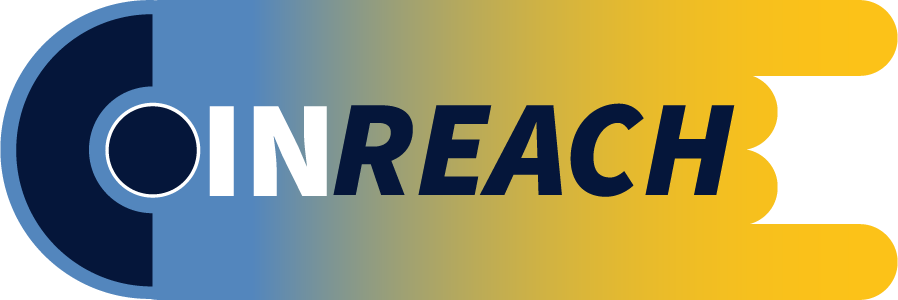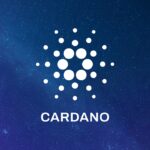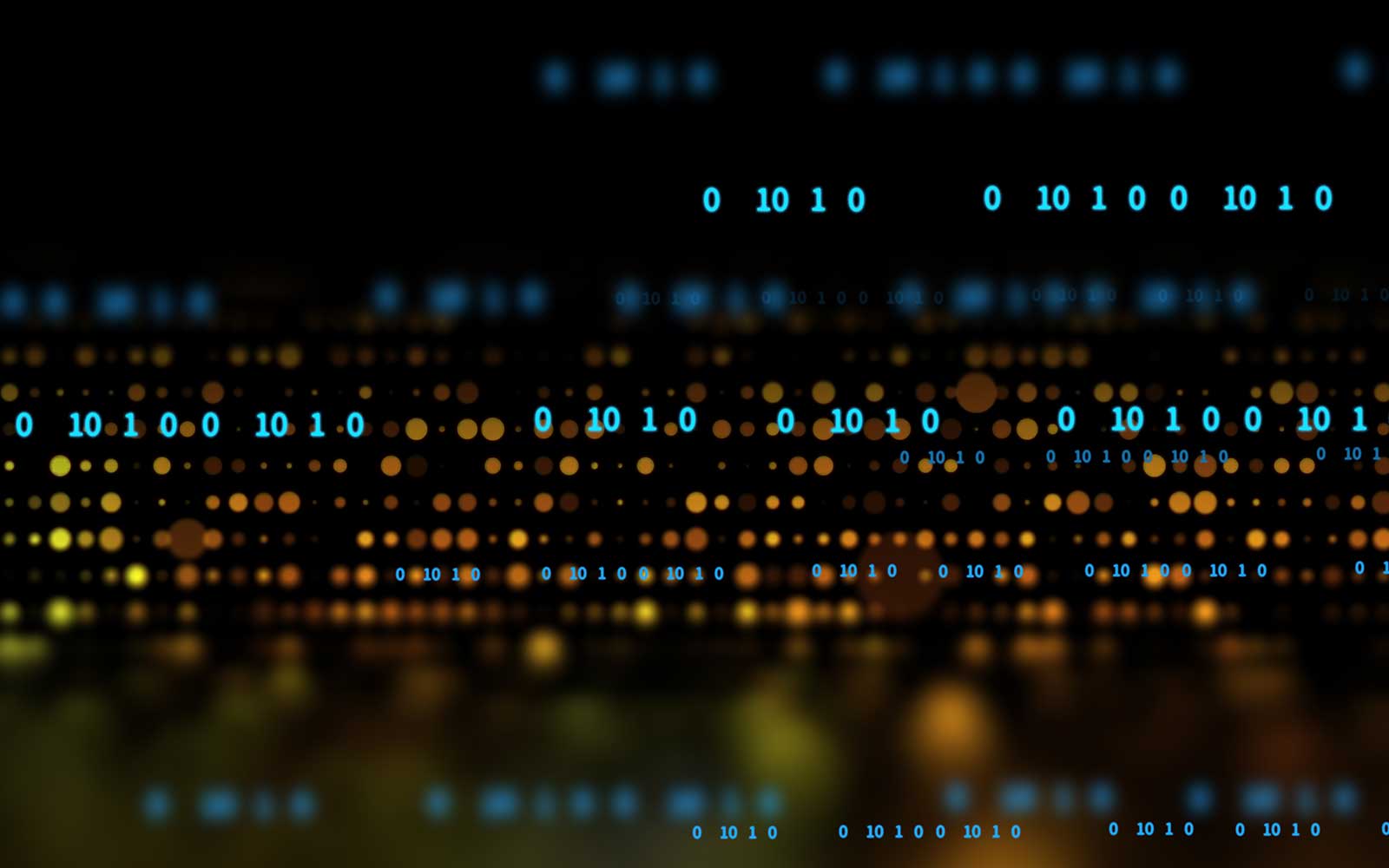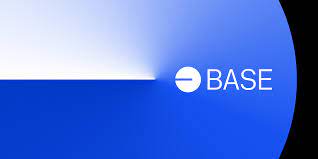Introduction to Cardano (ADA)
Cardano (stock exchange symbol, ADA) is a decentralized Proof of Stake (PoS) public blockchain platform developed as an extra green alternative to the Proof of Work (PoW) protocol blockchain networks. Cardano aims to become a decentralized application development (DApp) platform with a multi-asset ledger and verifiable intelligent contracts.
Cardano was founded in 2015 by Charles Hoskinson. Charles Hoskinson was named as 1 of the founders of Ethereum, which preceded Cardano’s development by a couple of years. The Cardano project is supervised by Cardano Foundation, based in Zug, Switzerland. The design and development work are mostly done by Input Output Hong Kong (IOHK), a company founded by Charles Hoskinson himself together with Jeremy Woods. Cardano’s monitoring is decentralized and shared by the Cardano Foundation, IOHK, and EMURGO.
The platform of Cardano is named after Italian mathematician Gerolamo Cardano, while Cardano’s main cryptocurrency was given the name ADA, after Augusta Ada King, Countess of Lovelace (1815-1852), who is widely considered the first female computer programmer.

Cardano was officially launched on 27 September 2017, while a stable release became available much later in 07 March 2022.
Unlike many other cryptocurrencies, Cardano do not have a white paper. Instead, it uses design principles intended to overcome issues faced by other cryptocurrencies such as scalability, interoperability, and regulatory compliance.
Cardano has established itself as an alternative to Ethereum. Both structures are used for similar applications, which include smart contracts. Aiming to build connected and decentralized systems. Cardano supporters consider Cardano an upgraded version of Ethereum, and they pride themselves on being a “3rd generation” platform compared to Ethereum’s “2nd generation” credentials.
Cardano implemented smart contract support with the Alonzo update in 2021. This tenet update was the first iteration to deliver promised scalability and use cases to users. This update allows users to create intelligent contracts and manage multiple assets using non-fungible tokens (NFTs). Future releases and forks will bring smart contracts and more features to the mainnet.
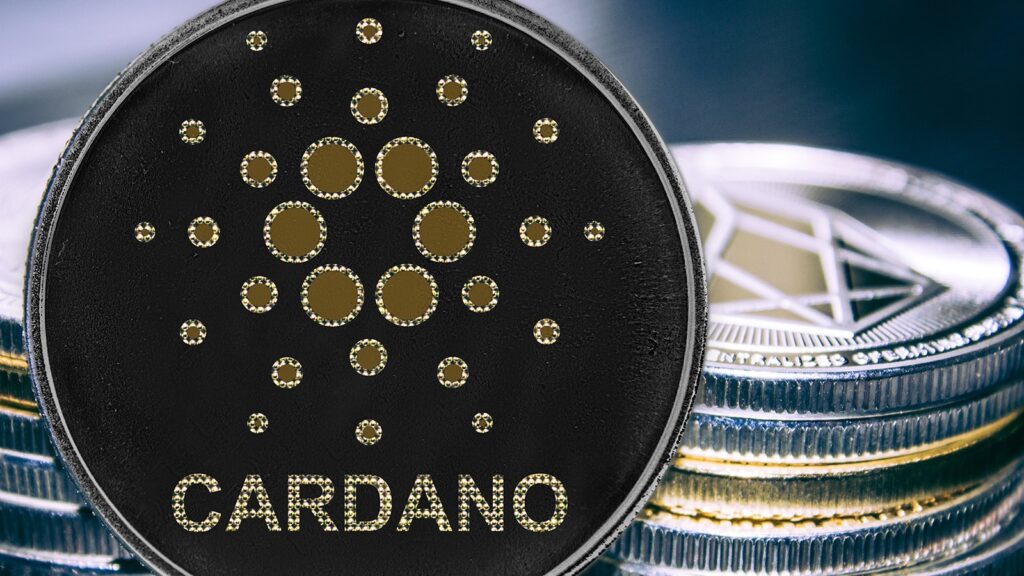
Cardano (ADA) Staking
Cardano runs on Ouroboros’ proof-of-stake consensus protocol. The Ouroboros consensus protocol was created by Cardano at its inception. Within the Cardano platform, ADA exists on the settlement layer. This layer is like Bitcoin and keeps track of transactions. The second layer is the computation layer. This layer is designed to be like Ethereum, enabling smart contracts and applications to run on the platform.
ADA is given as a reward for the work done on the blockchain by users participating in stake pools
Cardano uses a PoS consensus mechanism where users “stake” coins for the chance to become validators. A user can participate in the staking and verification process in two ways. You can be a stake pool owner or a stake pool operator.
In simple terms, a stake pool is a trusted server node that performs the work of validating transactions. The stake pool owner is the person who delegated ADA to the pool. You can create a stake pool and keep it private or allow other users to join the pool. You can also become the pool owner by contributing ADA into another pool. Stake pool operators are trustworthy people entrusted with maintaining a stake pool by renting servers, monitoring nodes, holding pool keys, and performing other pool management duties.
In Cardano’s PoS system, staking determines the node’s ability to open blocks on the blockchain. A node’s share corresponds to the amount of Ada you hold over time. A Share is owned by a Pool Participant and secured by ADA. Pledged ADA is born as collateral for good faith verification actions and cannot be used or spent by the owner. Users with committed ADA receive rewards in the form of transaction fees. Winnings are distributed according to the amount of ADA wagered by users.
There are multiple staking pools interested participant can choose from to stake ADA. To ensure you are joining a reputable pool, it is essential to read the pool’s website, user reviews, complaints, or issues. IOHK supports Daedalus wallets, where you can choose collections to join. You can also use the community-created tools like adapools.org, cardanoscan.io or pooltool.io to select pools.
Some wallets like Exodus, and Binance wallets can also be used to stake ADA. Take note that they are custody services by centralized organizations.
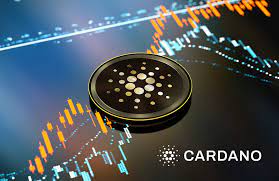
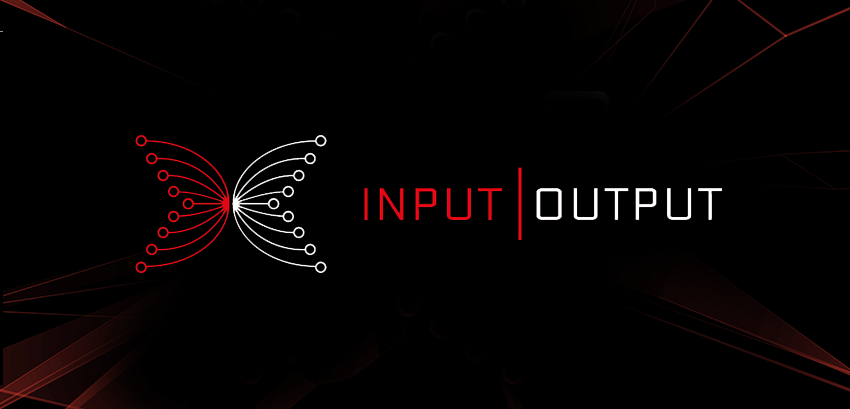
Future of Cardano (ADA)
Cardano was designed to be developed in “epochs” and named after prominent figures in the history of poetry and computer science, including Byron, Shelley, Gogen, Basho, and Voltaire. Basho (currently late August 2022) is an era of scaling and optimization designed to bring more features to Cardano. Voltaire is the last era of Cardano development and aims to enable blockchain, network coordination, and financial management through improvements to previously introduced intelligent contract functionality and systems.
The plans behind Cardano’s development are ambitious. Its developers expect Cardano to eventually become fully decentralized as blockchain voting and financial management are added to its capabilities in the future. Cardano believes in bringing banking services to the unbanked worldwide, and Cardano has signed agreements to do cyptocurrency and banking service development with several developing countries.
